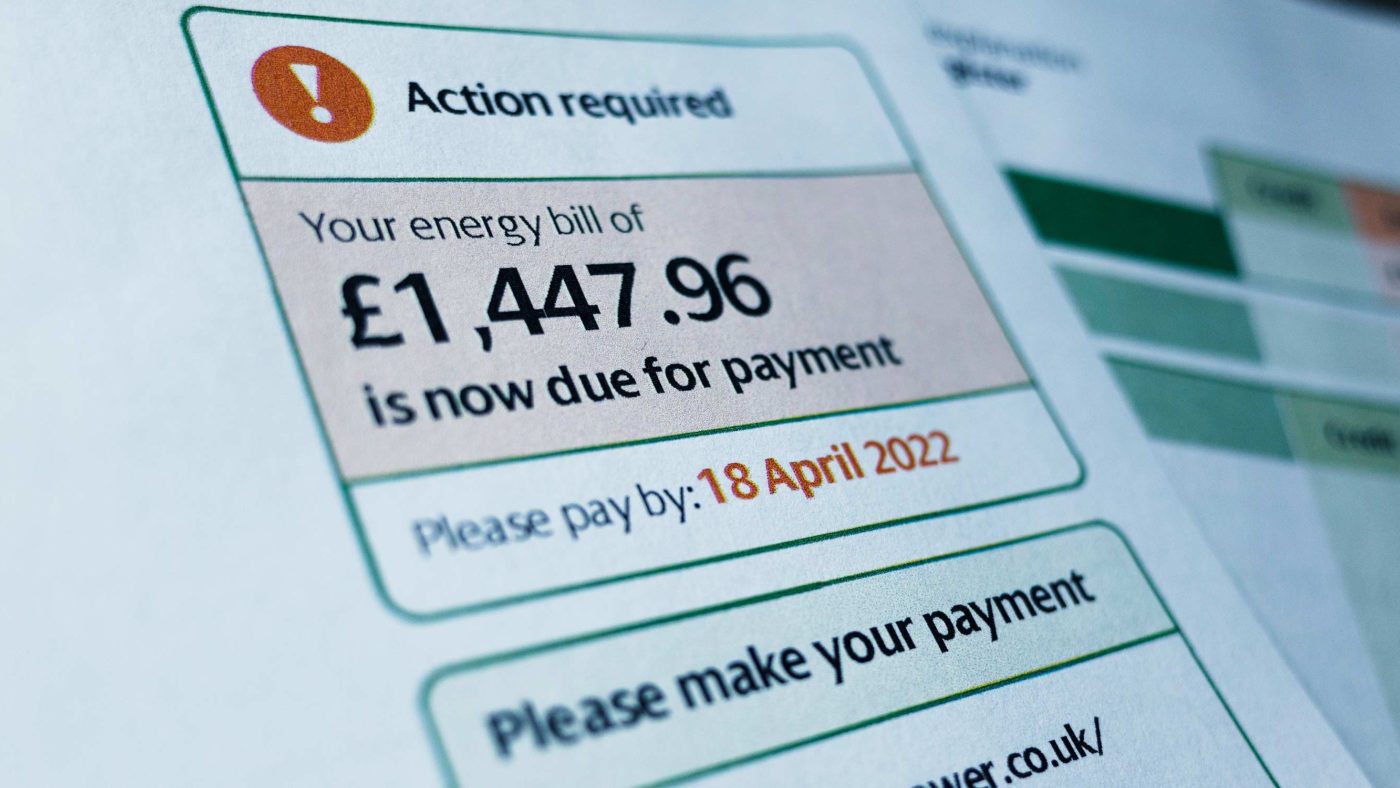The domestic energy price cap, introduced in 2019, allows the energy regulator Ofgem to set a maximum amount providers can charge, both daily and for each unit of gas or electricity consumed. Although an average figure is published, currently £1,971 for direct debit dual fuel customers, there is no actual limit to how much a household’s bill can be.
As it stands, Ofgem reviews the cap every six months – the last review saw a 54% jump in prices, and a similar gain is expected in October. Ofgem’s latest proposal is to review the cap every three months to make sure it is ‘more reflective of current market prices’ and stop energy companies going under. It will not achieve either of those aims, and the main consequence will be to marginally increase the administrative cost of running the cap by doubling the activity required to sustain it.
It’s a policy which marks a period in which the Conservatives abandoned trust in competition and markets as mechanisms for improving welfare and often adopted the statist rhetoric of the Labour Party – in this case, the long-running campaign and 2015 manifesto pledge by then leader Ed Miliband, which was dismissed at the time by David Cameron as evidence that he wanted to live in a ‘Marxist universe’.
The 2018 screeching U-turn was largely a reaction to case study headlines, the product of a weak government with a tiny working majority. Otherwise, energy is no different to any other market: if you don’t shop around you don’t get the best deal. Only in public discourse on energy is this often treated as exploitative abuse and as contributing to ‘fuel poverty’, rather than an incentive to shop around if you care about prices, while offering help to the genuinely incapable. The cap was also considered as potentially helpful to the Northern Powerhouse / Red Wall strategy, although evidence for this is scant.
The whole notion of a ‘price cap’ is really an illusion. It sounds like it means lower energy prices, when in reality higher costs will turn up somewhere, be they on bills, future bills, or the taxes required to pay for increasing borrowing. Even worse, the loss of competition and investment because of the cap actually means higher costs are sustained.
The figures here are stark: there were 70 companies in the market in July 2018 when the enabling legislation was passed. There are just over 20 left today. Some 31 of these of these are business failures since last September, but the rest are the direct consequence of the damage already caused by the policy pre-crisis. Where there are high margins in energy, they’re not in retail (the intermediaries between the public and suppliers) they’re in supply (the generators, drillers, and network owners).
Ironically, the most egregious example of windfall gains accrues to older renewables due to policies introduced under Labour. Back in 2008 the then Energy Secretary Ed Miliband brought through the Climate Change Act – a policy framework that mandates prioritising decarbonisation over affordability and security of supply. As a result, old renewable obligation scheme generators (some 80% of those available) enjoyed margins between 30-50% pre-crisis, and they are now well over 100%. Were there ever a case for capping energy prices, it’s here deep in the supply chain where the artificial policy gain can be removed, rather than at the consumer end, where it makes no difference to underlying costs.
We are then in the odd position where the Labour Party is championing ‘woke welfare for the wealthy’ (the landowners and corporations with sweetheart wind farm contracts) cheered on by the Conservatives. Both are trying to sustain a narrative that the real villains of the piece are the people who used to offer cashback deals for switching and rarely had margins over 5%.
Meanwhile, the simple way to ensure that energy prices are more reflective of ‘current market prices’ and to cool volatility is to restore the market for currents and heating. The simple way to ensure bills do not leave people unable to pay is to adjust welfare. In all cases it is unclear what benefit is gained by retaining the price cap, other than to avoid the difficult politics of admitting it is useless. Tinkering with a broken machine, however, doesn’t fix it. The problem with managerial socialism is not just one of changing the managers, but ditching the socialism.
Click here to subscribe to our daily briefing – the best pieces from CapX and across the web.
CapX depends on the generosity of its readers. If you value what we do, please consider making a donation.


